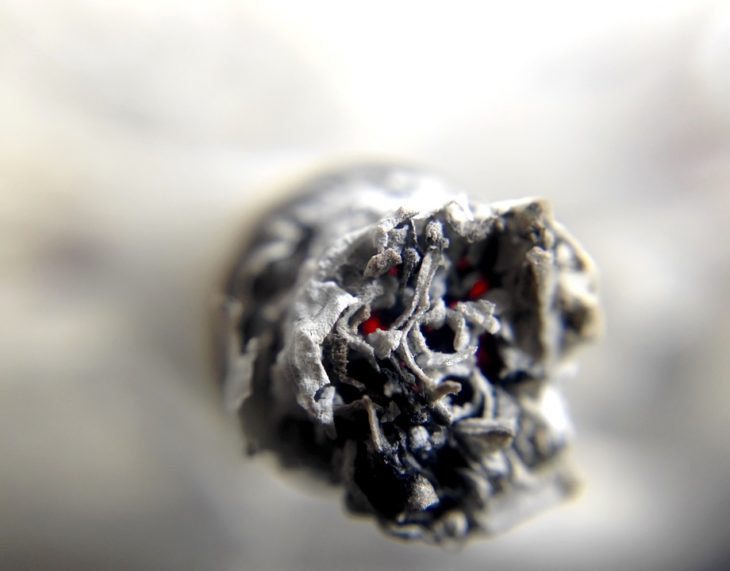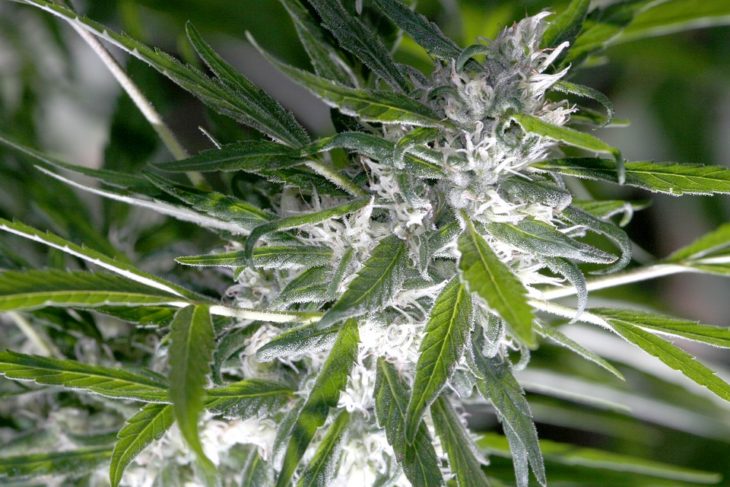The medical marijuana revolution is well and truly upon America. It started with a trickle, and little by little grew into a full-on flood; in 2017, 29 states are MMJ legal, and many more look set to follow over the coming months and years. The medical marijuana cause is bolstered by the increased acceptance of recreational marijuana in certain parts of the country. It stands to reason that if people are being allowed personal use, patients in need of its therapeutic benefits become impossible to deny. Although they are two separate strands of the same essential argument, MMJ stands to gain the most ground as the debate continues across America.
So where did MMJ start? Well, basically, medical marijuana has been around for a long time, and it wasn’t always considered an illegal substance. American medical journals dating all the way back from the late 18th century recommend using hemp seeds and roots for medicinal practices. 1914 was the first time the substance was criminalized, and any gains made in the subsequent decades were derailed by the Reagan in the 1970s, when he came down hard on drugs. Since that time, however, the trend has shifted towards relaxation. In 1996, California became the first state to legalize medical marijuana, and by 2009, twelve more states had followed its lead. Fast forward to 2017, and 29 states have gone green for medical cannabis, as well as the territories of Guam, Puerto Rico, and the District of Columbia. West Virginia is the latest state to join the revolution, with the remaining 21 still to follow.
It hasn’t all been smooth sailing, though. 1996 to 2017 is 21 years, which is a long time to cover just over half the country. Judging by those statistics, we can estimate that all 50 states will be MMJ legal by 2038, which seems a crazy amount of time to wait for what is tried and tested medical care. Also, while California pioneered the medicine with little resistance, and had some of the most liberal MMJ law in the country, the same rules don’t apply in every state.
A surprising battle was fought in the traditionally liberal stronghold of New York, for instance. The Governor there, Andrew Cuomo, has long held a conservative stance on medical cannabis, and was hesitant to bring in a blanket MMJ law such as California’s without curtailing it with some limiting caveats. The debate took up most of 2014, and although the MMJ law eventually passed, it was not without some seriously restrictive measures. One of the biggest issues is that New York does not allow patients to smoke medical marijuana, which is proven to be the most effective method of administering the medicine. There is also a heavy restriction on the amount of dispensaries that can sell MMJ, which limits the amount of patients that can be served at any one time.
Upon its legalization, there were also very few qualifying conditions in the New York bill. Qualifying conditions are important, because the more specific they are, the more doctors are limited (by law) in who they can administer the medicine to. At the advent of the bill in NY, only severe conditions such as cancer, Parkinson’s, and ALS were approved to be treated by MMJ. This is problematic because one of the conditions that most benefits from the drug is ‘chronic pain’, which can occur separate from any named disease. This also lets doctors be much freer about who they can prescribe too. After much campaigning, ‘chronic pain’ was added to the list of New York MMJ qualifying conditions, but the MMJ cause in the East Coast state is still on very thin ice, with some maintaining that it has been designed to fail from the start.
New York is just one example of a state where MMJ law has had (and continues to have) birthing problems. Unfortunately, not every state agrees with the core tenets of MMJ practice, and so there are wildly varying caveats to each state’s bill. The federal government can’t make one definitive ruling on MMJ law, so until then, we’re stuck with going on a state-by-state basis, with all the red tape and bureaucratic back-and-forth that entails.
Another debilitating factor is that many of the hardline conservative states such as Alabama are proving to be a very tough sell indeed when it comes to MMJ. ‘Legalizing drugs’ in even the vaguest sense (even if it benefited sick people) would seemingly represent a major corruption of values. Though marijuana possession has been gradually decriminalized in Alabama, those in the know suggest that it will likely be one of the last states to make medical cannabis legal. Ultimately, it’s a matter of time and waiting, however frustrating that may be. The MMJ revolution will eventually spread to all 50 states of the U.S.A.; but how long it takes to do that is currently anyone’s guess.


